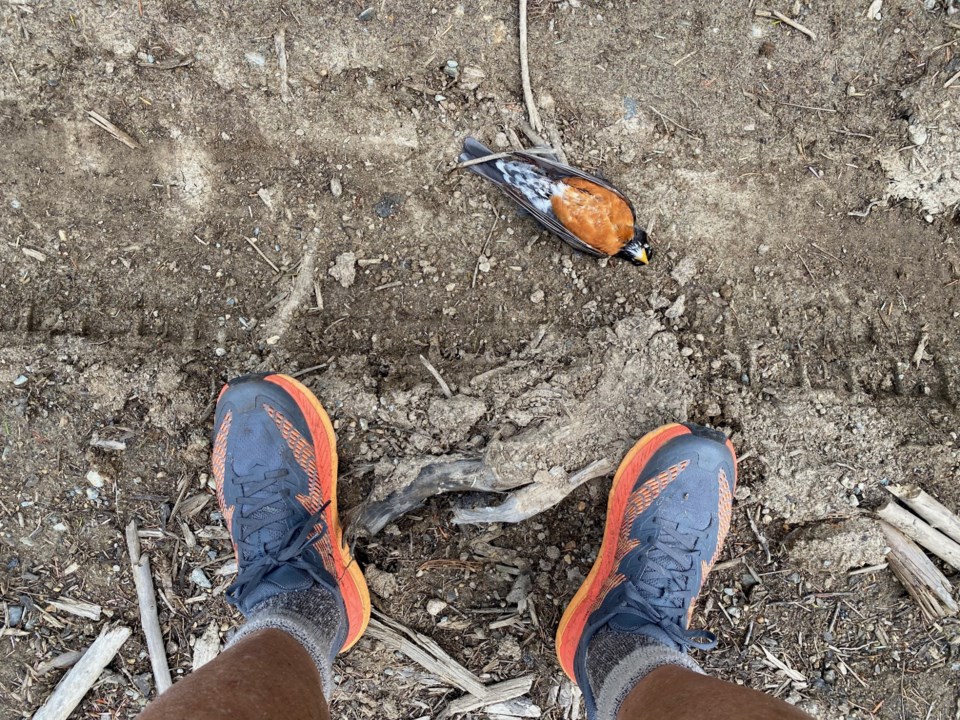Last week, people who pay attention to such things noticed some interesting twists to the now three-year global march of Avian Influenza A (H5N1).
If you receive the daily ProMED digest of global disease outbreaks in plants, animals and humans (recommended reading—though it might affect your sleep), you’ll have been treated to regular updates as the virus burned through birds, into marine mammals, into land mammals (both wild and pets), and on into American dairy cattle. That has been bad enough, but recent reports are emblematic of a disease situation that seems entirely out of hand, with entries like: Avian influenza—USA (WY, IA) H5N1, dairy cows, unreported fatalities; Avian influenza—USA (NM) house mouse, and; Avian influenza—Mexico: (MX) human H5N2, fatal.
We’ll unpack how those are related in a minute, but know that the Government of Canada is paying close attention, with many pages on its various websites dedicated to disease explanations and risk factors for everyone from farmers to health-care workers to the general public. The information is all solid and science-backed.
(The Canadian Wildlife Health Cooperative leads a multi-agency surveillance program for avian influenza. A link to its Wildlife Dashboard can be found at cwhc-rcsf.ca/avian_influenza.php. For outbreak information in Canada, check with the Canadian Food Inspection Agency; in the United States, the USDA Animal and Plant Health Inspection Service; and internationally, the World Organisation for Animal Health and OIE Avian Influenza Portal.)
Although avian influenza mainly affects birds, it sometimes infects mammals, including humans. As with many diseases, some birds fall ill and die while others that are infected appear healthy. The numerous types of avian influenza are all caused by strains of type A influenza. Some, such as A(H5N1) and A(H7N9)—classified as Highly Pathogenic Avian Influenza (HPAI) based on the severity of illness in birds—have also caused serious illness in humans. Of 900 recorded cases where bird flu has jumped to humans, the mortality rate is 52 per cent. Though this may be an overestimate given that mild infections can go undetected, still… Fifty. Two. Per cent. Makes COVID’s 1.4-per-cent mortality rate seem like diaper rash.
Although the World Health Organization states the likelihood of sustained human-to-human transmission remains low, and there’s no evidence to the contrary, we’ve heard that before. Influenza viruses mutate like mofos and have already ingratiated themselves to many groups of birds and mammals to which they weren’t previously well adapted.
Human cases can occur through direct contact with infected birds (dead or alive) or contaminated environments. For instance, infection has been reported after de-feathering of dead H5N1-infected swans (the virus can survive in feathers for more than five months). There’s no documented case of humans contracting it from a mammalian pet despite increasing reports of mammal-to-mammal transmission, and spillover from infected livestock to humans (three cases from dairy cattle). Mutations within some Eurasian/North American strains have shown enhanced replication in mammalian cells, evasion of immune response, and increased virulence (remember omicron?). As well, recent findings from pathogenicity and transmissibility studies indicate these strains cause more severe illness, and some common flies—and possibly beetles—can act as mechanical transmitters of H5N1 and other avian influenza viruses. Uh oh.
How did this start? Out of Asia in 2020, to Europe with migrating birds and into poultry flocks, millions of which were culled, then back into seabirds and on to sea mammals. In North America, its arrival was off the radar. In December 2021, while we were all in the throes of the COVID-19 pandemic, bird flu turned up on a farm outside St. John’s, Newfoundland. Hundreds of farm birds died, and the rest were culled.
The jump from seabirds to sea mammals was the eye-opener. Last October, for instance, the virus killed 17,400 elephant seal pups in Argentina—95 per cent of the colony’s young—and some 24,000 South American sea lions; in the U.S. alone, 90 million birds were culled in a useless attempt to stop a virus simultaneously killing mammals from squirrels to skunks, dolphins and polar bears before infiltrating livestock for the first time by jumping to dairy cows. Virologists the world over have never seen anything like it.
HPAIs aren’t really a food-safety concern, largely because pasteurization (milk) and cooking (eggs, poultry, beef) tend to kill and disassemble viruses. Indeed, every meat and dairy product we eat is swimming in Salmonella, E. coli and other nasties that require proper handling. But if you choose to eat raw, look out. A recent study confirms high virus-level infections in rodents fed H5N1-contaminated raw milk. In a June 11 update, the USDA Animal and Plant Health Inspection Service reported 36 more H5N1 detections in wild house mice, all in the same New Mexico county, as well as four more in domestic cats (which eat mice and birds) for a total of 23 known cat cases. WastewaterSCAN, a national monitoring system based at Stanford University, launched an H5N1 avian influenza wastewater dashboard that now shows detections at about a dozen locations.
Is H5N1 coming for us? Is it only a matter of time before it mutates enough to not just jump into, but move between humans? Epidemiologists think so. Finland is the first country preparing to offer avian influenza vaccines to poultry farmers, veterinarians, scientists, and people who work on fur farms, but others are discussing the idea or working to secure supplies. Last week, the U.S. contracted for millions of H5N1 flu vaccine doses to add to its stockpile, and the EU is likewise making 40 million doses for 15 countries. Beyond a dedicated vaccine, having had a number of different seasonal influenza vaccinations might also confer some level of immunity to H5N1. But for now, I suggest you pay attention to a situation that is not only fast-evolving, but unprecedented in the annals of global disease. Hopefully we don’t all end up coyotes in a roadrunner’s world.
Leslie Anthony is a biologist, writer and author of several popular books on environmental science.




